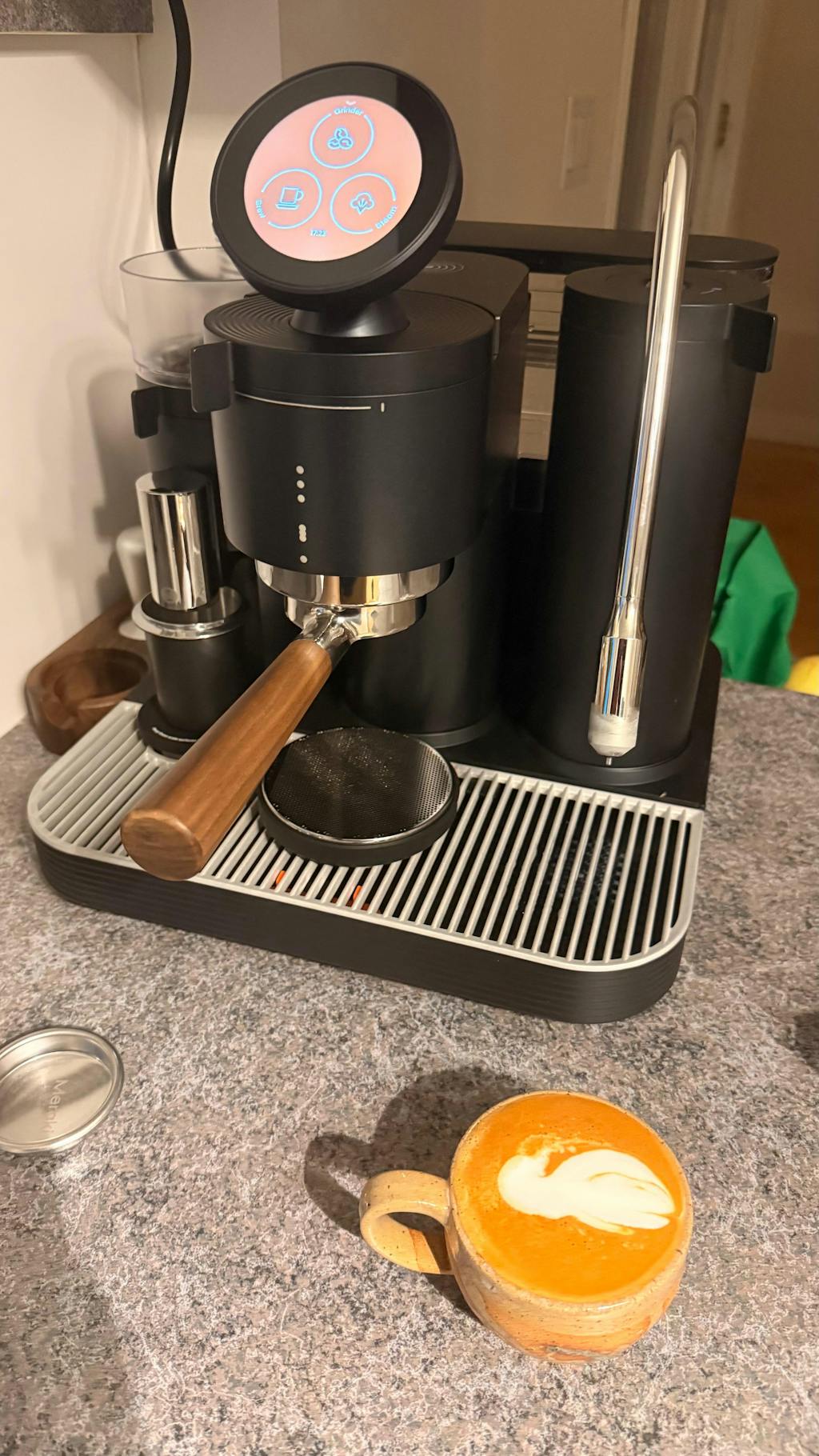Unlock Barista-Level Brews: Transform Your Home with a Professional Espresso Machine!
In recent years, professional espresso machines have surged in popularity among coffee aficionados looking to replicate café-quality beverages in the comfort of their kitchens. The charm of crafting a rich, aromatic espresso at home is irresistible, especially when paired with the convenience of enjoying your favorite drinks without stepping out. With the right equipment, you can indulge in barista-level drinks like a velvety cappuccino or a robust Americano every morning. Imagine waking up to the enticing aroma of freshly brewed coffee, knowing you have the power to craft it just the way you like. A professional espresso machine can transform your daily routine into a gourmet experience, making every sip a celebration of flavor and craftsmanship.

Understanding Professional Espresso Machines
Professional espresso machines are designed to deliver precision and consistency, distinguishing themselves from standard home machines. While home machines often cater to convenience and ease of use, professional models focus on enhanced capabilities that allow for a more nuanced brewing process. There are several types of professional machines available for home use, including semi-automatic, automatic, and manual options. Semi-automatic machines offer a balance between control and convenience, allowing you to manage the brewing process while automating certain functions. Automatic machines take it a step further by controlling the extraction time, making them ideal for those who prefer a hands-off approach. On the other hand, manual machines provide the most control, appealing to purists who enjoy the art of espresso making. Each type has its unique advantages, enabling you to choose one that fits your skill level and coffee preferences.
Key Features to Look For
When investing in a professional espresso machine, several key features should be on your checklist. First, pressure control is crucial; a machine that maintains 9 bars of pressure is ideal for extracting rich flavors from coffee beans. This consistency is essential for achieving the perfect crema. Next, temperature stability is vital, as even slight fluctuations can result in under-extraction or over-extraction of the coffee. Look for machines with a dual boiler system, which allows simultaneous brewing and steaming, ensuring optimal temperatures for both processes. Additionally, a high-quality steam wand is essential for creating microfoam, perfect for lattes and cappuccinos. These features not only enhance the quality of your espresso but also allow for greater versatility in drink preparation, transforming your home into a coffee lover's paradise.
The Benefits of Using a Professional Espresso Machine at Home
Investing in a professional espresso machine offers multiple advantages that go beyond just brewing coffee. One significant benefit is cost savings over time. While the initial investment may seem steep, consider how much you spend on daily coffee shop visits. With a professional machine, you can recoup costs quickly, especially if you enjoy multiple coffee drinks throughout the day. Furthermore, having your own machine allows you to customize every drink to your liking, from adjusting the strength of the espresso to experimenting with different milk types or flavorings. My friend Sarah, an avid coffee drinker, shared how her professional machine has enabled her to explore various coffee recipes, turning her kitchen into a mini café. Lastly, the enjoyment of the brewing process itself cannot be overstated. It becomes a pleasurable ritual, a moment of calm in a busy day, as you master the art of espresso making.
How to Use a Professional Espresso Machine
Using a professional espresso machine may seem daunting at first, but with practice, it becomes a rewarding experience. Start by selecting high-quality coffee beans and grind them to a fine consistency, similar to table salt. The grind size is critical, as it influences the extraction process. Next, tamp the ground coffee evenly into the portafilter; this step is essential for even extraction. Once tamped, lock the portafilter into the machine and start the brewing process. Aim for an extraction time of 25-30 seconds for the perfect shot of espresso. During this time, the flavors will develop, creating a rich, aromatic brew. Don’t forget to practice steaming milk for your lattes or cappuccinos; angle the steam wand correctly to create microfoam. Remember, experimentation is key—adjust your grind size, tamping pressure, and brewing time to find what works best for your taste. Embrace the learning curve and enjoy the journey!
Elevating Your Brewing Experience
In summary, a professional espresso machine can significantly elevate your home brewing experience, offering not just quality but also the joy of craftsmanship. From understanding the different types of machines available to recognizing essential features and mastering the brewing process, the journey of becoming a home barista is both fulfilling and delicious. As you consider investing in a professional espresso machine, think of the countless memorable coffee moments it can provide. Whether you’re entertaining guests or enjoying a quiet morning alone, the ability to craft exquisite coffee drinks at home is a skill worth cultivating. So go ahead, unlock the barista within you, and transform your daily coffee ritual into an extraordinary experience!






